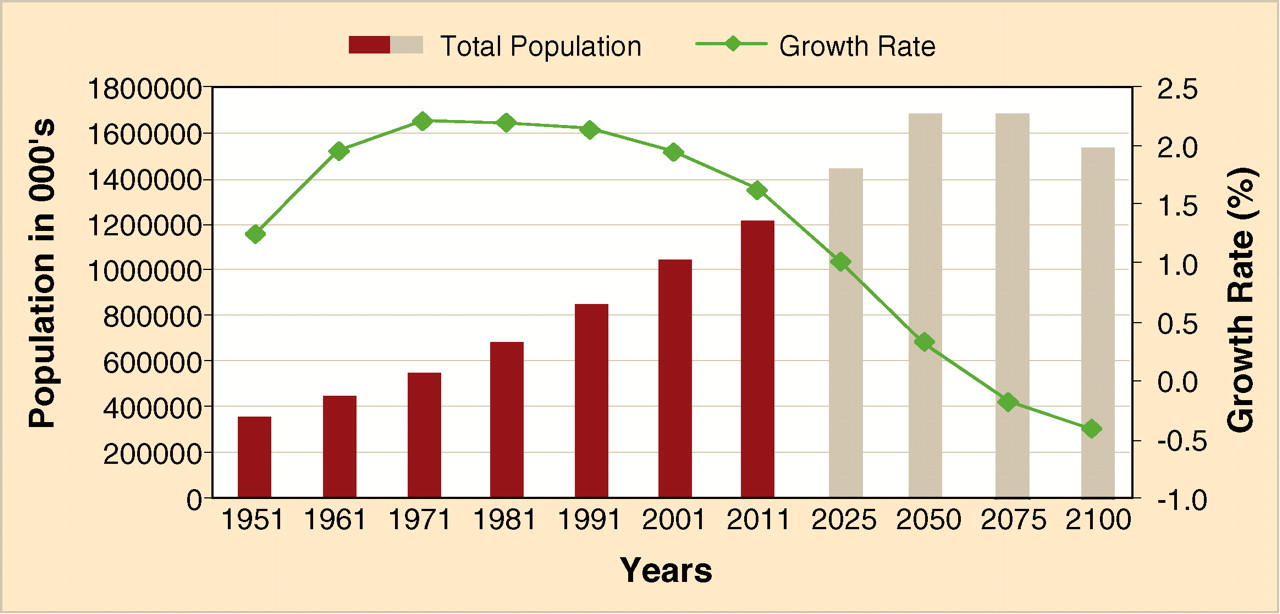7667766266
enquiry@shankarias.in
Why in news?
The Ministry of Health and Family Welfare’s National Family Health Survey (NFHS- 5) data on health and family welfare issues has given rise to a flurry of chest-thumping declarations.
What are the survey’s findings about population?
TFR is the average number of children born to a woman during her lifetime whereas Replacement Fertility Rate is the level of fertility at which a population exactly replaces itself from one generation to the next.
What efforts have been taken for population stabilisation?

What were the challenges in population stabilisation?
How the family planning services changed its course?
Reference